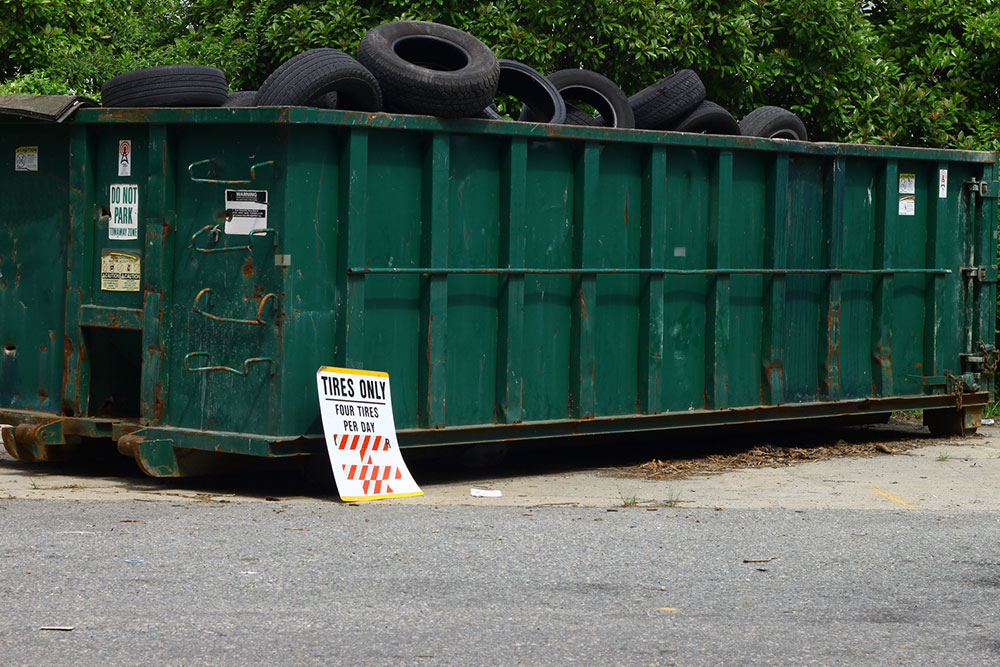Eco-Friendly Tire Disposal: Methods, Advantages, and Tips
Discover eco-friendly tire disposal methods, the benefits of recycling, and practical tips for finding local recycling centers. Tires can be transformed into useful materials like asphalt, playground surfaces, and footwear components, reducing environmental hazards. Recycling not only conserves resources but also promotes safer roads and economic growth. Learn how to locate nearby tire recycling facilities easily, contributing to sustainability and environmental protection in your community.
Sponsored

Annually, countless tires become unusable, contributing to environmental concerns. Recycling is an effective way to mitigate this issue. Here, we explore the tire recycling process, its benefits, and how to locate a recycling facility nearby.
Overview of Tire Recycling
Collection begins with gathering discarded tires. Many centers have dedicated drop-off points, facilitating responsible disposal for individuals and companies. This ensures tires are transported properly, preventing illegal dumping or landfill accumulation.
At the recycling plant, the transformation starts.
Recycling involves shredding tires into smaller fragments, extracting rubber, steel, and fabric. These materials have diverse applications, enhancing the versatility of recycled tires.
Applications of Recycled Tire Materials
Asphalt Additive: Rubber from tires is combined with asphalt to produce durable, noise-reducing road surfaces with improved traction.
Playground and Sports Surfaces: Recycled rubber creates shock-absorbent surfaces for parks, sports fields, and running tracks, increasing safety.
Footwear Components: Many sneakers and casual shoes incorporate recycled tire rubber in their soles for comfort and durability.
Landscaping Mulch: Processed tire rubber is used as mulch, helping water retention, controlling weeds, and deterring pests.
Building Materials: Recycled rubber is included in roofing shingles, soundproof barriers, and foundation components to enhance insulation and structural integrity.
Recycling tires offers numerous advantages beyond waste reduction:
Environmental Impact: Recycling reduces landfill accumulation, fire hazards, and methane emissions, preventing soil and water contamination.
Natural Resource Savings: Extracting materials from recycled tires conserves raw resources and reduces the need for virgin materials.
Economic Growth: The industry creates jobs across collection, processing, and manufacturing sectors, promoting sustainable development.
Improved Infrastructure: Rubberized asphalt results in smoother roads with less noise, benefiting communities near busy streets.
How to Find a Tire Recycling Center
Online Search: Use search engines with keywords like “tire recycling near me” to find local facilities.
Local Directories: Check printed and online directories for listed recycling centers.
Government Resources: Visit local government or environmental agency websites for maps and lists of approved recyclers.
Environmental Organizations: Contact groups focused on sustainability for recommendations.
Waste Management Services: Local sanitation departments can provide information on nearby recycling options.
Auto and Tire Shops: These businesses often partner with recyclers or accept old tires for disposal.
Community Networks: Use neighborhood groups or online forums for suggestions from residents.
Recycling Apps and Social Media: Use mobile apps and social platforms to locate recycling stations and gather community feedback.
Direct Contact: Call recycling centers, landfills, or scrapyards for guidance and referrals.
Recycling old tires extends their lifecycle, contributing significantly to environmental sustainability. This practice fosters innovation, conserves resources, and helps create safer, quieter roads. Proper disposal through recycling is an impactful step towards a cleaner, healthier planet.





